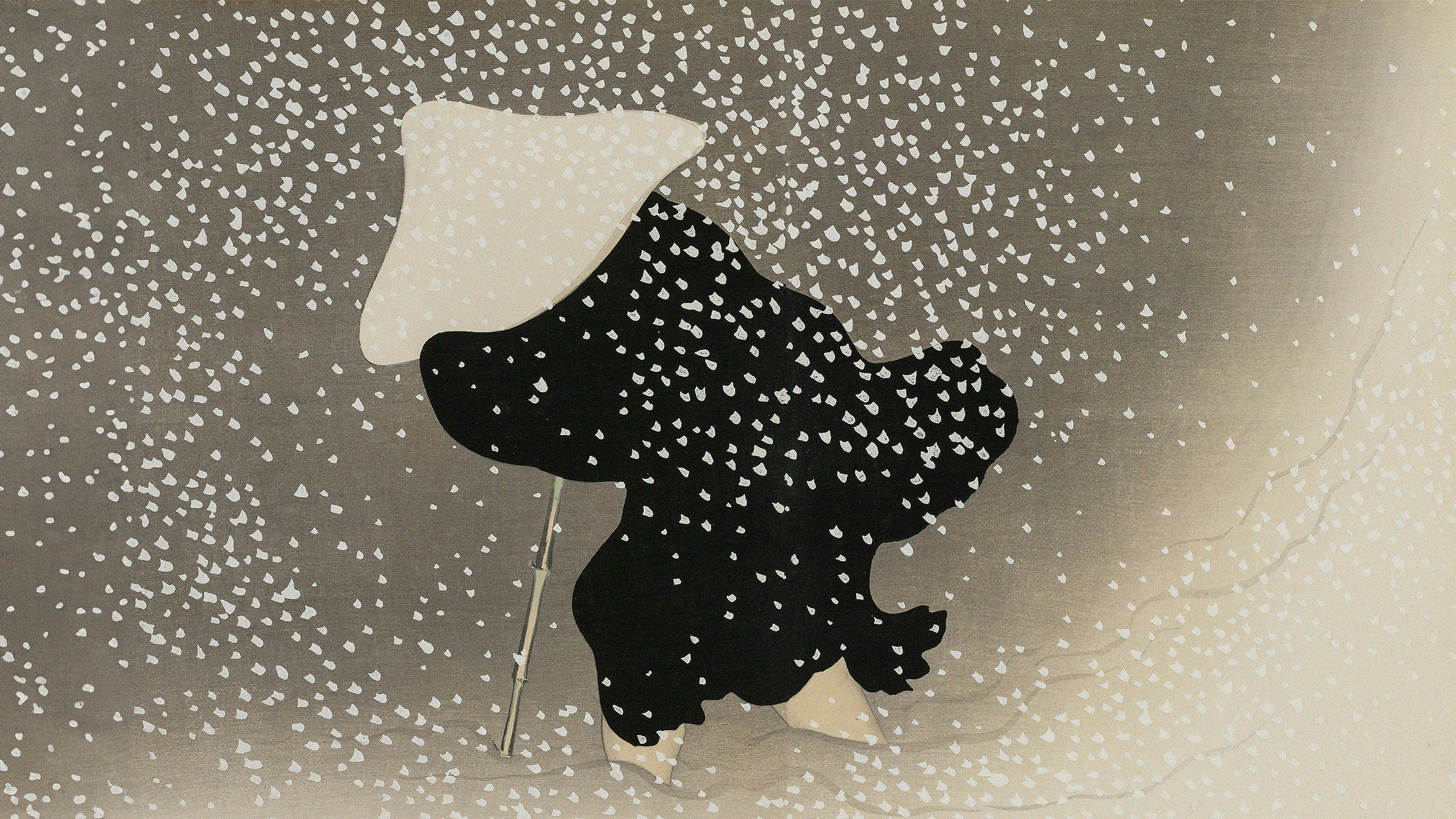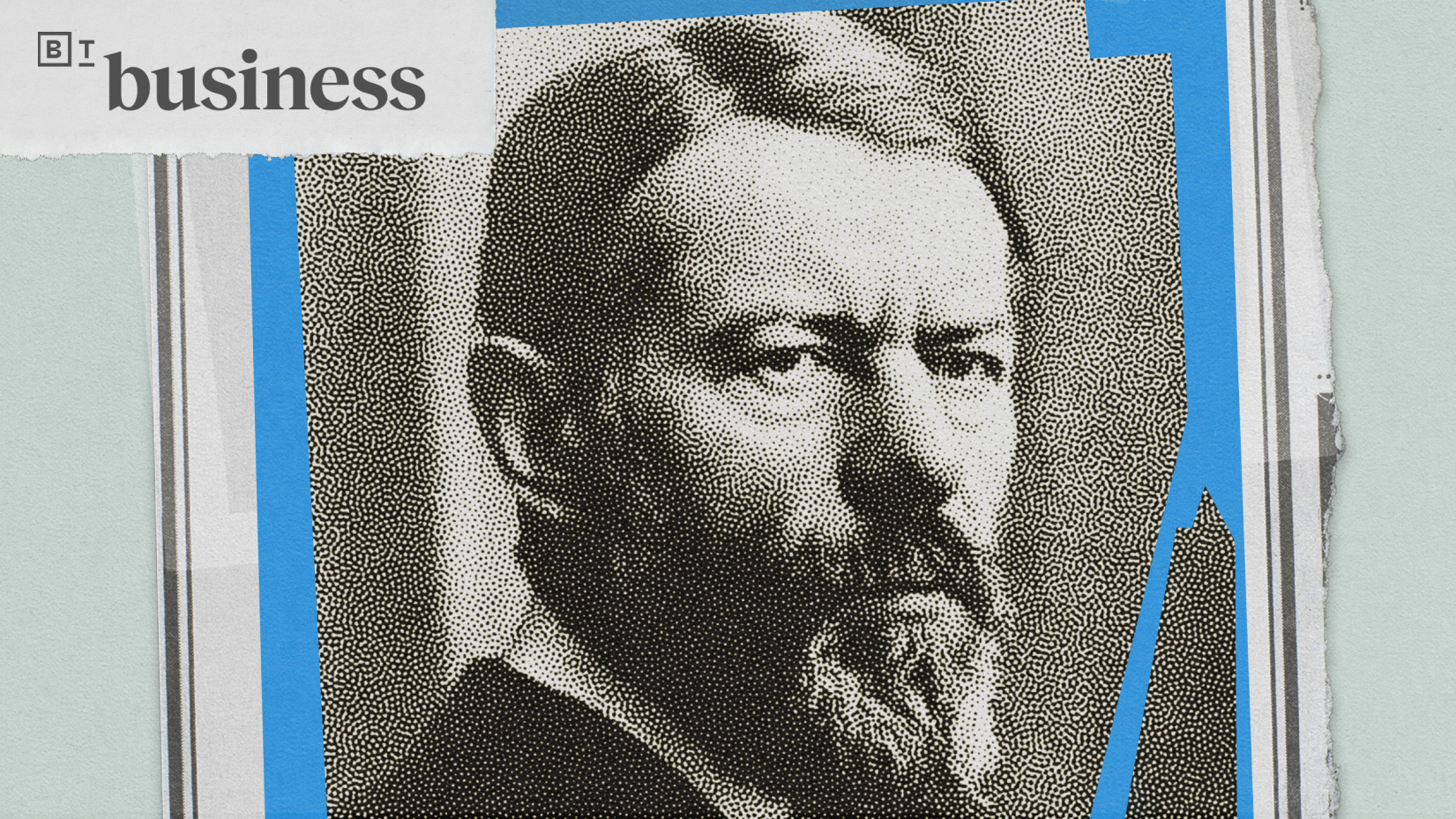PETE HOLMES: It's funny, it's almost a Hollywood cliche, that people like me get turned onto Joseph Campbell when they go to Hollywood. But for me, it wasn't to write a better screenplay. Because he taught us about the hero's journey. I'm sure you've all heard about the hero's journey. And a lot of people, like George Lucas, use the hero's journey to create Star Wars. And that's wonderful. There's another thing that Joey-- I call him Joey Cams did, which is find a way to look at religion and religious texts through the lens of the people that wrote them. I used to think when I was growing up, wouldn't it have been great if there were video cameras and audio recordings of Jesus and filmed footage of the Resurrection, and we could just put it all to rest? And Joseph Campbell helped me realize that that would ruin it. Isn't that fun? That literal truth is the lowest level of truth. It's the lowest. The way that I love my wife-- the literal way that I love her is like garbage. The metaphorical and mythical and emotional ways that I love her, that's where the juice is. Carl Jung talks about the human psyche or our spirit or our soul or whatever isn't transformed with ideas or facts, it's transformed with symbols. So the fact that the gospels weren't written-- the earliest one, I think, was 70 years after Jesus died, and some of them were 100 years after Jesus died. And of course, the gospels contradict themselves. I point out that at the end of the Book of Mark, the third one, Jesus dies and isn't resurrected. [LAUGHS] So why is it in there, then? You know what I'm saying? If we're going for a book of persuasive theology, if I'm trying to convince you of literal facts, why would I include one of the four gospels, Jesus dies and he's just dead? Oh, well, maybe it's because that's not the point. They edited it. There was a council that edited it. [LAUGHS] They could have cleaned it up and made it more Greek logic, Western mind, this happened, believe it. But that's what we've turned it into. The Bible proves that this happened and he conquered death, and now that's why I believe in him, because Jesus is a winner. He made death his bitch, and we love winners. So we made it the religion of winners and the religion of wars. We made Jesus the religion of wars. [LAUGHS] So we've lost it. So Joseph Campbell showed me that it's not about literal facts or the unfolding of what happened in the life of Jesus of Nazareth. It's a story, because sometimes you need an explanation and sometimes you need a story. And a story is going to transform you and symbols are going to transform you. You see this in our culture. Batman is a symbol. Go out on the street and look at how many men especially are wearing Batman shirts. It's a symbol. It's something that speaks to our psyche about the pain of a boy who lost his parents, using his wound to become super and try and change his reality. That's a symbol. That's a Christ story. That's a hero's story, and we need those. Because it's not about, at the end of the day, winning a televised debate or finding DNA on the Shroud of Turin or proving his burial was here. I've been to Israel, I studied in Jerusalem. They were like, he was crucified here. And then they were like, well, he was crucified here. Guess what. We didn't start writing that down until 150 years later because nobody gave a shit. It wasn't about that. It was about your inner transformation. You. Yours. I don't care how you get there. It can be photos from the Hubble telescope, it can be Buddhism, atheism, agnosticism, Catholicism. It doesn't matter. Who fucking cares? Whatever gets you there. Because Joseph help me realize, we're talking about something, an energy that you can feel and be quiet to and respect, but most importantly, you can flow with and dance with and feel and listen to and attune to. So I grew up going like, Jesus is the only God and the other books are fake. [LAUGHS] It's all about us versus them. It's all about clan. It's identity. It's like wearing a Patriots jersey. It's the same thing. It's like, oh, I'm right. And even the Christians hate on other Christians. Well, they don't acknowledge the Seventh Day Christian and virgin birth. [SIGHS] Fuck yourself. It's wrong. I say that with love. We lost it. I say fuck yourself with love. We lost it. It's about an inner transformation. So Joseph helped me realize what a metaphor is. I didn't know. He helped me realize what a myth is. It doesn't mean not true. The story of Jesus being a myth, or a myth overlaid over history, which is really what is going on, I think, is that that's how we have a shot at getting you. That's how the dog can understand the internet, is with a story, not an explanation, a poem. It's more like music or sex or a sunrise or just quiet. And Richard Rohr talks about God being like a verb more than a noun. It's not a thing that you have and you know that you have. It's an experience and it's a way that you change how you go about every single moment of your day, which is really the same moment. We're just moving through it. [LAUGHS] I hope you're stoned. I hope you're stoned while you watch this because there's only one moment, we're just moving through it. That'll kick it up a gear. I hope it's a sativa. But anyway, he helped me understand that literal truth is the lowest level of truth, and that God-- obviously a man with a beard on a throne in the clouds is a metaphor for God. It's old, the beard is old. OK. Old. Been here a while. Throne is important. Clouds is above it. Seize it. In the old days, if you want to know a town, climb a hill and see the whole town. So it's just a metaphor. But he does better than that. He says, God itself-- a man and a beard, a cloud, all that, that's a metaphor for God. But he says God itself is a metaphor. And God is a metaphor for what? It's a mystery. So he's the thing pointing-- or she or it. This is a metaphor for the mystery that we're all in, regardless of your beliefs. I do not think someone is going to scan your brain when you die for the correct beliefs. Fuck that shit. I believe in aliens. You know what I mean? I give my believe away so willy nilly, how could this precious, unbelievably vibrant, juicy, sexy game come down to, what thoughts did you think repeatedly? I believed this and I didn't believe that. Scan. OK, you go to heaven and these Hindus go to hell. God, we lost it. But guess what.
Pete Holmes is a comedian, writer, cartoonist, "Christ-leaning spiritual seeker", and podcast host. His wildly popular podcast, You Made It Weird, is a comedic exploration of the meaning of life[…]
Symbols are often used to help people get an idea of higher, often ineffable, truths.
▸
8 min
—
with
▸
5 min
—
with
Related
Sometimes you just want to hear, "I know what it's like."
Japanese thought can’t be easily characterized by just a few books — but this essential guide is a great place to start.
Or are cults the religions we find distasteful?
How would you feel about working like a Lutheran or a Cistercian?
Here's how belief in a higher power can act like a psychological safety net.






